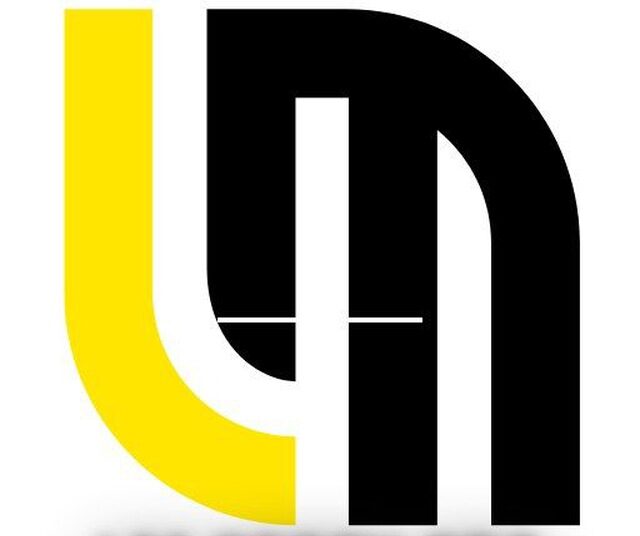- Silver recovers a positive traction after a decrease in Asian session to $ 32.00.
- Acceptance over SMA for 100 days and positive volatile prefer to go up merchants.
- Any corrective decline can be considered an opportunity to buy and remain limited.
Silver (xag/USD) attracts DIP purchases near the $ 31.90 area at the beginning of a new week and stopped an alternative slide from the highest level since October 30, about $ 33.35 -33.40 dollars touched on Friday. The white metal is committed to a positive bias during the first half of the European session and is currently trading around the $ 32.35 region, an increase of approximately 0.50 % for this day.
From a technical perspective, the last penetration across the simple moving average for 100 days (SMA) and the emergence of the new purchase on Monday prefers the upcoming merchants. Moreover, the positive oscillator indicates the daily chart that a less resistant path for Xag/USD remains in the upward direction. However, it will remain wise to wait for some follow -up force to exceed the horizontal barrier of $ 32.55 before any other gains are placed.
Xag/USD then overcomes the round number $ 33.00 and climbing to re -test Swing Gridy High, about $ 33.35 to $ 33.40. The momentum can extend beyond that to the mark of $ 34.00 on its way to the next relevant obstacle near the $ 34.45 and the neighborhood, $ 35.00, or the multi -year peak that was touched in October.
On the other hand, weakening may still be seen under the lowest level of the Asian session, about $ 31.90, as an opportunity to buy and remain limited near SMA for 100 days, which is currently linked near the $ 31.20 region. Some follow -up sale, which leads to a lesser slice of $ 31.00, may convert bias in the short term for the declining traders and pave the way for the deeper losses. Xag/USD may then test $ 30.25 before eventually decreased to a $ 30.00 psychological mark on the way to the horizontal area $ 29.55-29.50 dollars.
Silver daily chart
Common silver questions
Silver is very precious metals circulating among investors. It has been used historically as a value of value and amid exchange. Although it is less popular than gold, merchants may turn to silver to diversify their investment portfolio, compared to its fundamental value or as a possible hedge during high inflation periods. Investors can buy physical silver, in coins or in bars, or circulate through vehicles such as the boxes circulating in Excination, which follow their price on international markets.
Silver prices can move due to a wide range of factors. Geopolitical instability or fears of deep stagnation can make the price of silver escalating due to its safe position, although it is less than gold. As an inappropriate origin, silver tends to rise with low interest rates. Its movements also depend on how the US dollar (USD) is spent as the origin is priced in dollars (XAG/USD). The strong dollar tends to maintain the price of silver in the Gulf, while the dollar is likely to pay the weakest prices. Other factors such as demand for investment and mining offer – silver is much more abundant than gold – recycling rates can also affect prices.
Silver is widely used in the industry, especially in sectors such as electronics or solar energy, as it contains one of the highest electrical conductivity for all minerals – more than copper and gold. High demand in demand can increase prices, while the decline tends to reduce them. The dynamics in the United States and Chinese and Indian economies can contribute to price fluctuations: for the United States, especially China, its large industrial sectors use silver in various operations; In India, consumer demand for the precious jewelry also plays a major role in setting prices.
Silver prices tend to follow gold movements. When gold prices rise, silver usually follows its example, as its position as the similar safe origins. The percentage of gold/silver, which shows the number of ounces of silver needed to equal the value of one ounce of gold, to determine the relative evaluation between both minerals. Some investors may consider a high percentage as an indication that silver is dense with less than its value, or that gold is exaggerated. On the contrary, the low percentage may indicate that gold is less valuable for silver.
2025-02-17 09:07:42
